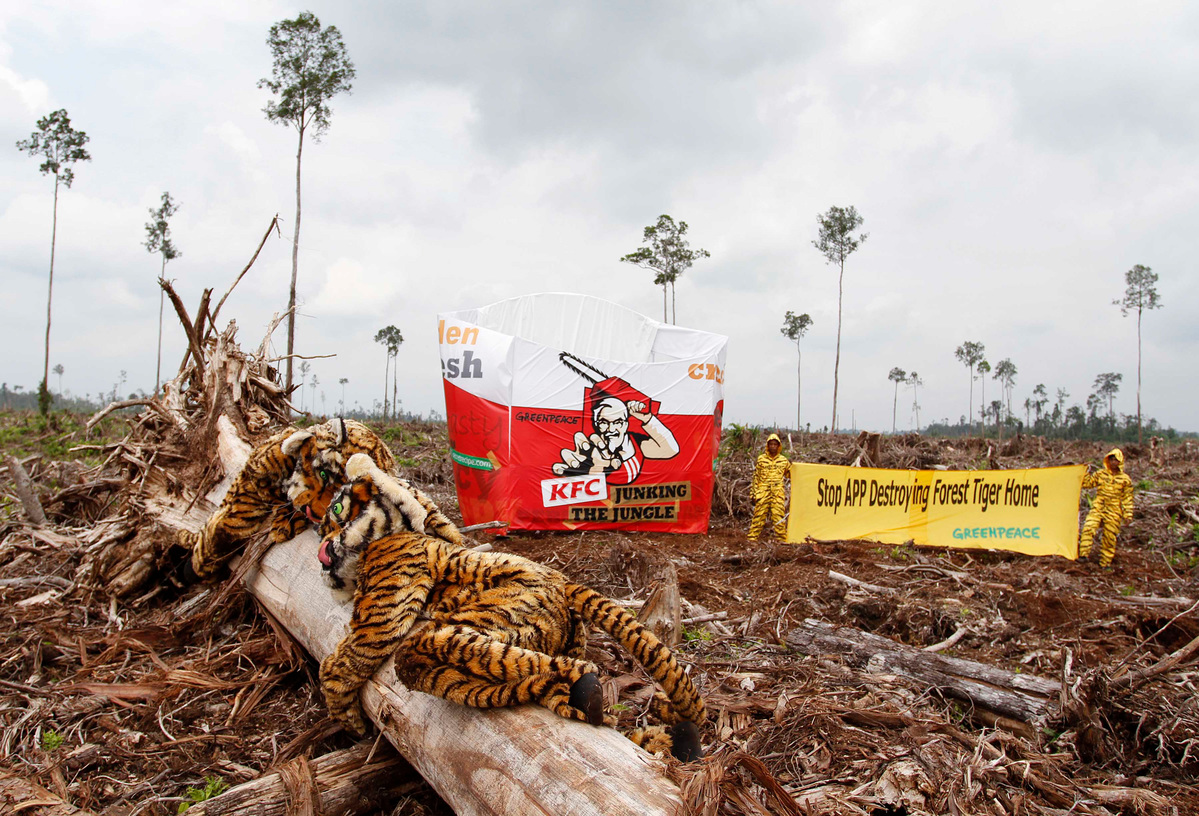COP26 — the 26th UN Climate Summit — is taking place from Sunday, 31st October to Friday, 12th November and represents the world’s next best chance for decisive climate action. Representatives from world governments, NGOs, businesses, faith groups, scientists, and other groups such as Indigenous Peoples delegations will come to Glasgow in the U.K. for this crucial meeting.
The climate conference comes just a few months after the release of the latest report by the Intergovernmental Panel on Climate Change (IPCC). According to the scientists behind the report, the world needs to make immediate, dramatic and consistent emissions reductions to create the urgent and necessary change to contain the climate crisis.
COP26 will play an important role in this scenario so here’s a quick overview to understanding how that can happen, what we expect and why you should care about what happens.
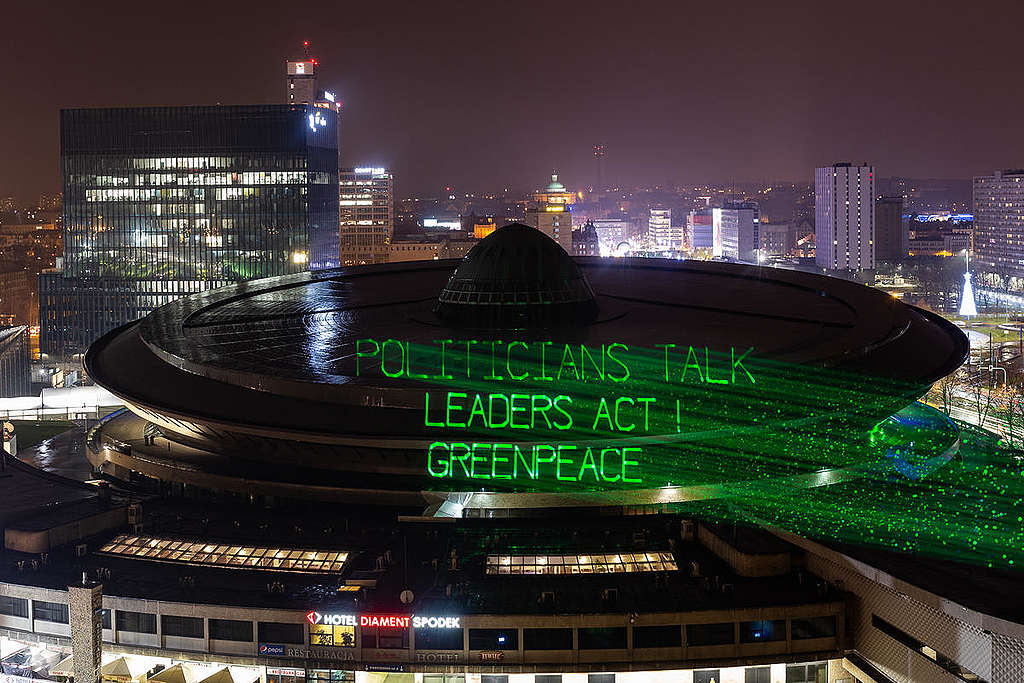
First of all, what is COP26?
COP26 is the specific name of the annual United Nations Climate Change Conference that will take place in Glasgow, Scotland from 31st October -12th November. The climate talks are also known as COP, which stands for “Conference of the Parties” while the number indicates the number of years it has taken place since the first one in 1995 in Berlin. The 2020 summit got postponed due to the COVID-19 pandemic so this year’s is still the 26th COP.
And why do we need this meeting?
We need this meeting because right now COP is the only global forum where representatives from all over the world come together to discuss international climate and policy action related to the United Nations Framework Convention on Climate Change, or UNFCCC (pro tip: pronounce it as U-N-F-triple C), the UN treaty 197 countries signed in efforts to tackle climate change. This year, we need them to commit to the massive emissions cuts.
Due to Covid-19, many countries cannot participate in person this year but in COPs past, nearly every nation in the world is represented. Plans are presented and agreements are sometimes signed. Some of the governments come in good faith alongside representatives from small island states that could disappear from the map this century.
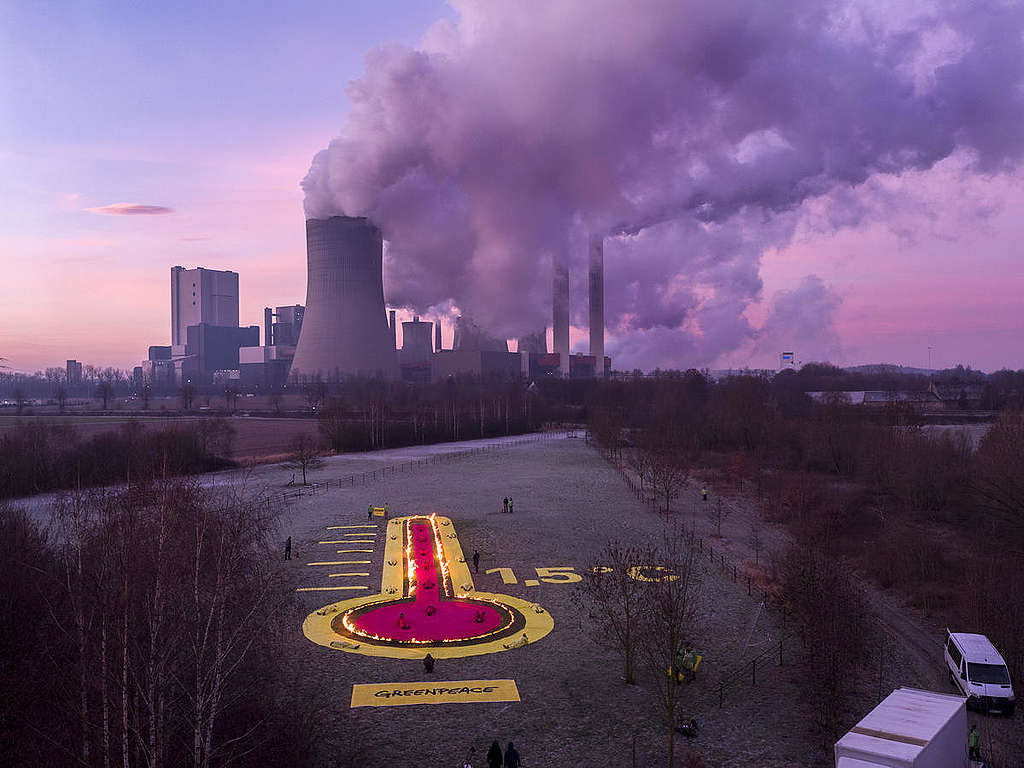
Is this COP an important one?
Every COP is different, but Glasgow is the most significant global climate conference since the Paris COP in 2015. That was when most nations finally committed to ensure a safe, stable climate by keeping temperature rises within 1.5C. COP26 is the deadline for governments to submit their plans to cut their emissions to stay under the 1.5C warning. While many countries recently laid out their plans to cut emissions and keep temperature rises below 1.5C, when you add them all together they fall far short of where we need to be. The recent UN scientific report warned of a very bleak future if we don’t do some big things very soon and Glasgow is where those big things need to be set in motion. We still have time if we act now!
What does Greenpeace do at COP?
Greenpeace sends representatives to the COP because it’s important to have experts, campaigners, and those on the frontlines of the climate crisis in the negotiations – observing, making contributions, and making sure that politicians are listening.
Greenpeace also supports grassroots groups and representatives such as Indigenous leaders who attend. These communities are often the most exposed to climate impacts, despite being the least responsible. Decisions made at COP26 will often affect them most directly.
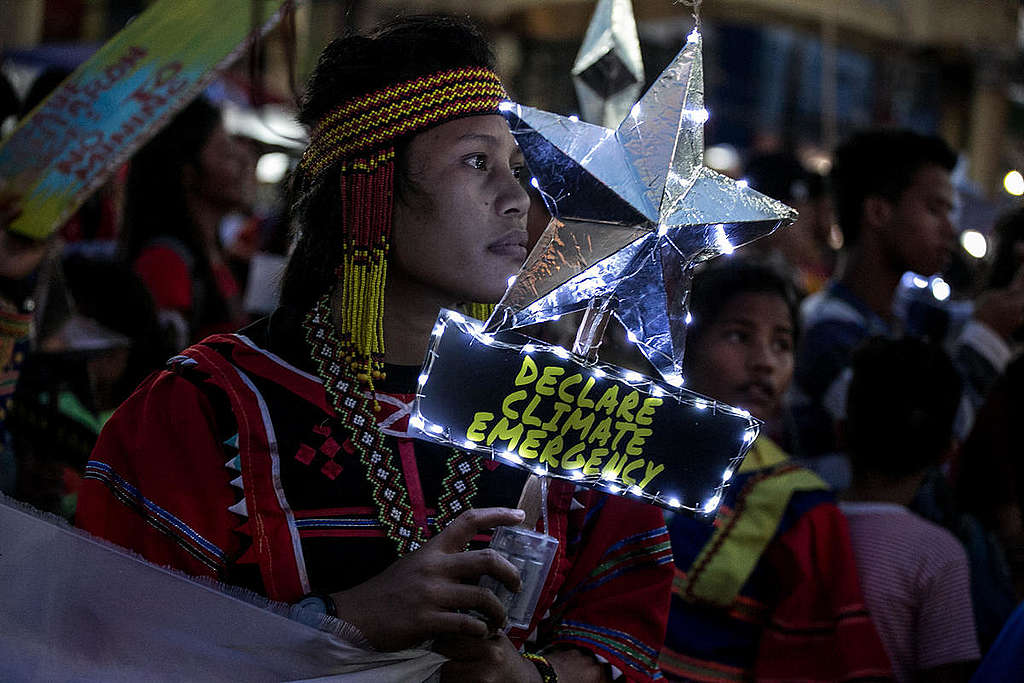
What would success look like?
Greenpeace has laid out for necessary climate actions that we want to see agreed to at COP26:
- Stop all new fossil fuel projects immediately and phase out the industry
- Set ambitious emissions-cutting plans to halve global emissions by 2030
- Reject plans to open a global market in carbon offsets (they’re a scam and don’t work) and rather set rules for equitable international cooperation
- Ensure $100 billion a year goes from high-emitting countries to those countries bearing the brunt of climate impacts caused by the climate crisis” to adapt to the impacts of the climate crisis, develop clean energy systems and transition away from fossil fuels. And more money on top of that for further adaptation and to compensate for the damage already being caused by climate impacts in vulnerable countries. The biggest historic polluters need to show solidarity with people and countries on the frontline of climate impacts.
So, is Greenpeace feeling hopeful ahead of COP26?
Yes, we are hopeful. Just six years ago the Paris COP brought us a truly global climate agreement with a target to get out of this crisis. Now it’s time to implement that and take the necessary action to finally end the fossil fuel era. But we shouldn’t see it as a make-or-break moment either. The climate summit can be the catalyst for the climate action we desperately need, but whatever happens in Glasgow we still need to push governments across the world to make big carbon cuts as soon as possible.
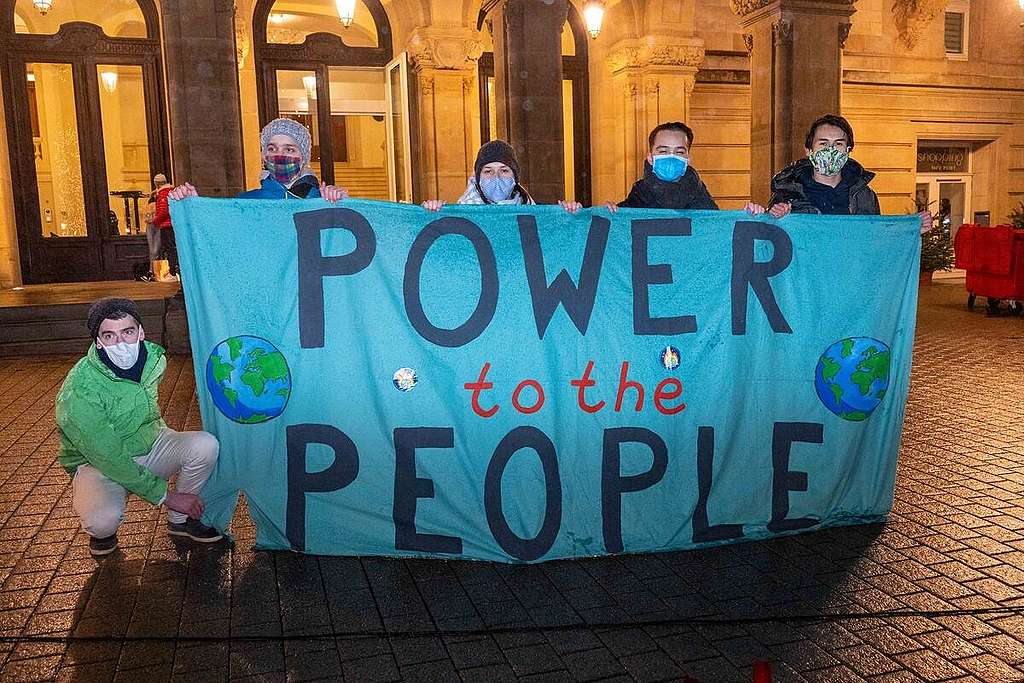
Of course, all of this doesn’t automatically mean Glasgow will be a success. It might not be. But if it isn’t, a global movement will still stand up where our leaders have fallen down. That movement will re-double its effort, swell in size and carry on stronger.
Gaby Flores is a Content Editor for Greenpeace International, based in New York, USA.


